According to reports from late last year, Taiwan may soon buy a U.S. weapons package worth more than $15 billion. The proposed procurement is to help the country withstand the continual encirclement exercises and regular harassment of the island nation by China’s People’s Liberation Army Air Force (PLAAF) and Navy (PLAN) forces.
The purchase is also meant to demonstrate to U.S. President Donald Trump that the country is serious about defending itself against the People’s Republic of China.
“Taiwan is thinking about a package to show that they are serious,” one former Trump administration official told the Financial Times. This is why Taipei is looking at making such a major acquisition, instead of its standard, moderately sized procurement.
According to a Financial Times story published just after the U.S. presidential election last November, the weapons package could include 60 F-35A fighter jets, four advanced versions of the E-2 Hawkeye airborne early warning (AEW) aircraft, 10 used U.S. naval vessels, and 400 interceptor/effector missiles for Taiwan’s Patriot air and missile-defense batteries.
Other sources separately told the UK publication that the Republic of China might request Lockheed Martin’s Aegis Ashore Combat System, which intercepts and destroys incoming missiles at longer ranges than the Patriot. In the process, it uses satellites to detect and destroy missile launches—this is how it can support the longer intercept ranges.
PRC Invasion Coming by 2027: F-35 Time?
However, in a statement to Reuters at around the same time, the Taiwanese government denied engaging in renewed arms-sales talks with the U.S.
“There has been a period of consolidation and discussion between Taiwan and the United States on military needs, but there is no new stage of discussion at this time,” one Taiwanese source said. But a senior Taiwanese national security official separately told the FT that informal discussions had already begun with Trump’s team, even in advance of his inauguration.
U.S. national security experts believe China, which has long claimed Taiwan as part of its territory, will be ready to invade the island, which operates as a democracy rather than a Communist dictatorship like the mainland, by 2027.
There are many different invasion scenarios predicted, but the PLA would likely begin an attack by targeting Taiwanese military installations, and major U.S. military facilities in the region, with missile strikes. China would then likely dispatch thousands of drones to perform battle damage assessment and collect targeting data for a wave of second-order missile attacks.
Why The F-35 is Not The Answer
The F-35 is a highly advanced, stealthy fighter jet that would present more of a challenge to the latest PLAAF fighters, such as the Chengdu J-20.
It could be an ideal aircraft to defend Taiwan against China. However, procuring and operating the F-35 poses numerous challenges, and these would likely overwhelm Taiwan’s manpower and its budget requirements.
High costs do not only present an obstacle to acquiring the aircraft. Operating and maintenance costs are also high, and the aircraft suffers from perennial technical glitches. And given the general battle plan that the PLA is expected to execute to take the island, the F-35 would be highly vulnerable to being destroyed on the ground before it could even take off. If this happened, it would represent an incredible waste of resources.
Taiwan’s Air Force also already operates their own indigenously built F-CK-1 Ching kuo fighter, a batch of F-16s acquired in the 1990s, and newer F-16V models, which are now beginning to be delivered. With so many different aircraft types already in service, the addition of another highly advanced fighter might in fact be more than the country’s air forces could support.
F-35 Photo Essay
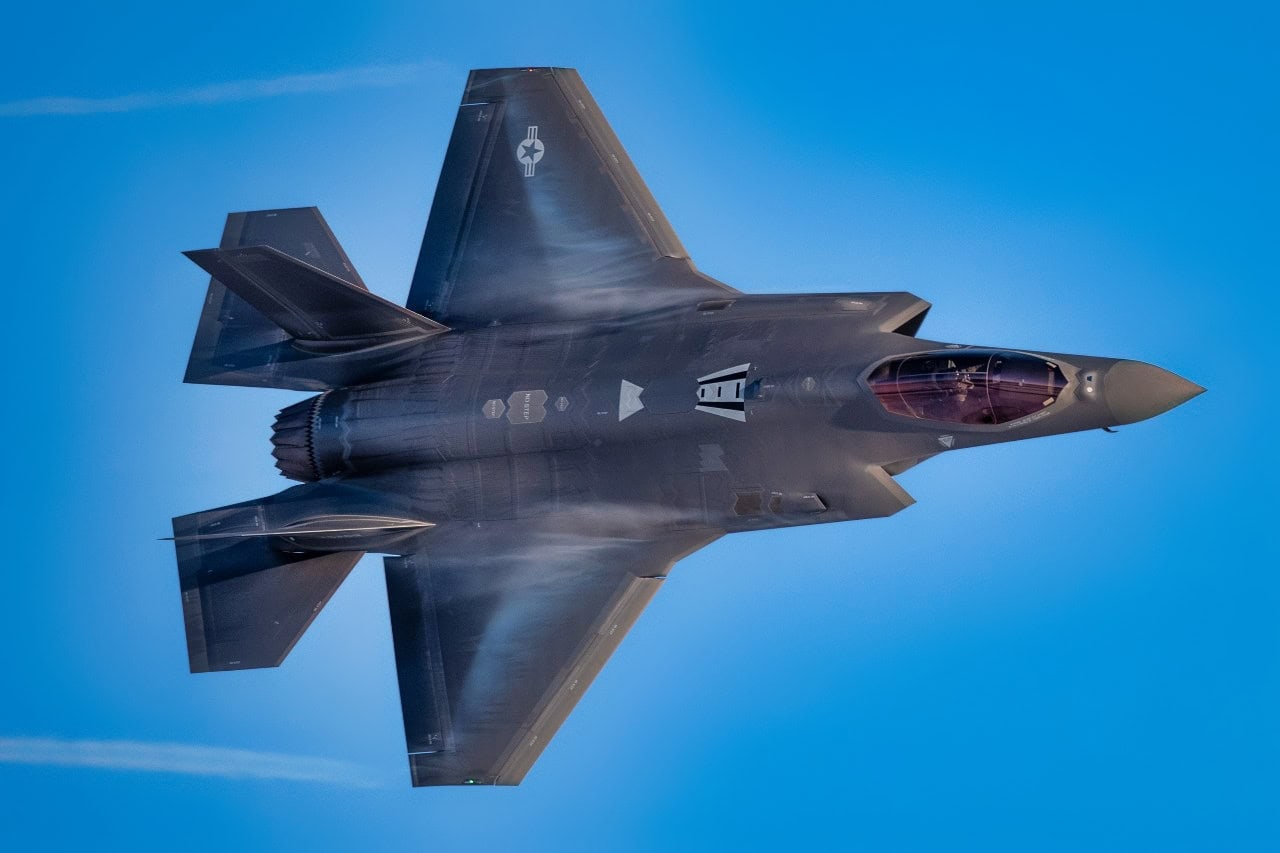
An F-35A Lightning II soars over Hill Air Force Base during a demonstration practice Jan. 10, 2020, at Hill AFB, Utah. The F-35 Demo Team is scheduled to perform at 22 airshows during the 2020 season. (U.S. Air Force photo by Senior Airman Alexander Cook)
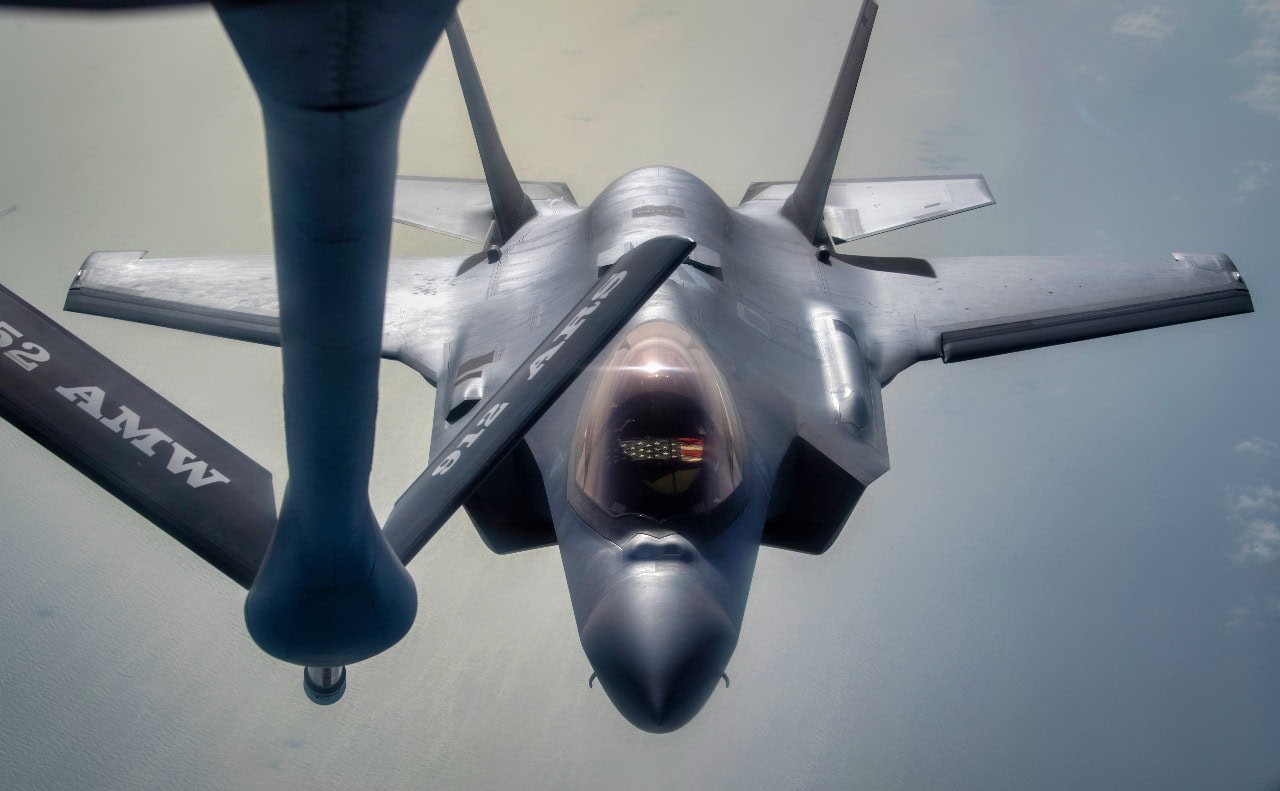
A U.S. Air Force F-35 Lightning II approaches a U.S. Air Force KC-135 Stratotanker over the U.S. Central Command area of responsibility, July 22, 2020. The F-35 Lightning II is an agile, versatile, high-performance, multirole fighter that combines stealth, sensor fusion and unprecedented situational awareness. (U.S. Air Force photo by Airman 1st Class Duncan C. Bevan)
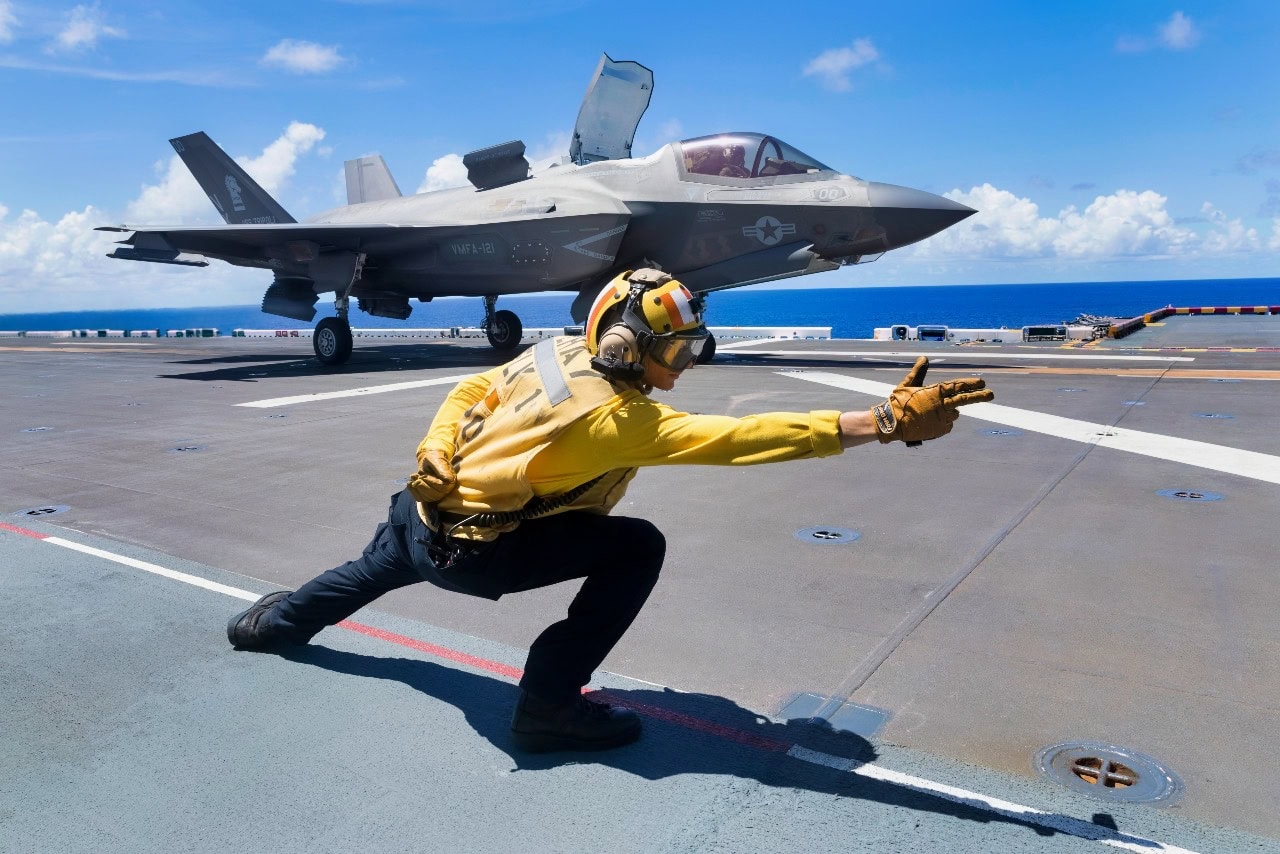
U.S. Navy Aviation Boatswain’s Mate (Handling) 3rd Class Nicolas Fareri launches a U.S. Marine Corps F-35B Lightning II aircraft with Marine Fighter Attack Squadron 121 off the amphibious assault carrier USS Tripoli (LHA 7) during Valiant Shield 2022 (VS22), June 13, 2022. Exercises such as Valiant Shield allows the Indo-Pacific Command Joint Task Force the opportunity to integrate forces from all branches of service to conduct long-range, precise, lethal, and overwhelming multi-axis, multi-domain effects that demonstrate the strength and versatility of the Joint Task Force and our commitment to a free and open Indo-Pacific. (U.S. Marine Corps photo by Sgt. Jackson Ricker)
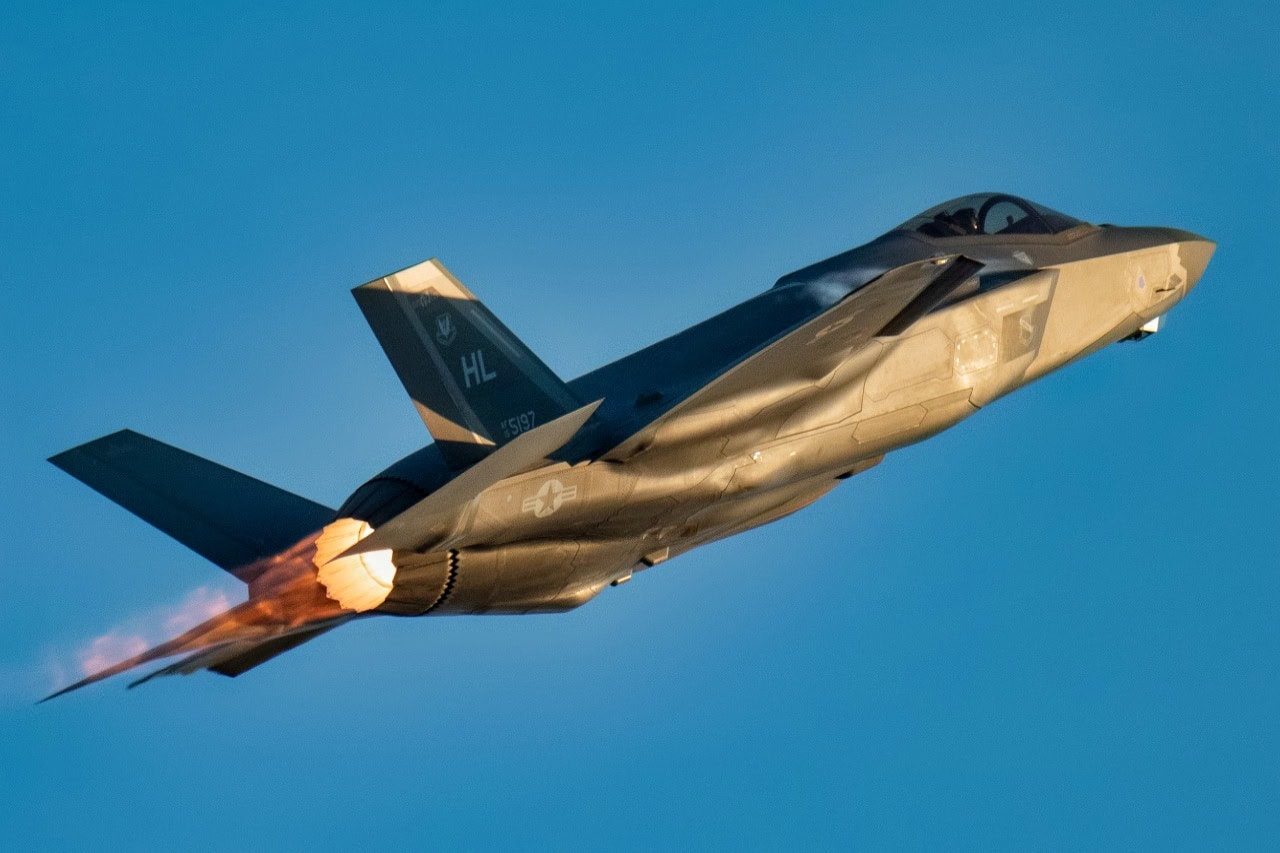
U.S. Air Force Major Kristin “BEO” Wolfe, F-35A Lightning ll Demonstration Team pilot and commander, flies during sunset over Mathers Airport, Calif., Sept. 24th, 2021, at the California Capital Airshow. The team consists of approximately 15 total Airmen to include the pilot and commander, pilot safety officers, superintendent, team chief, maintenance Airmen, aircrew flight equipment specialists, and public affairs personnel. (U.S. Air Force photo by Staff Sgt. Thomas Barley)
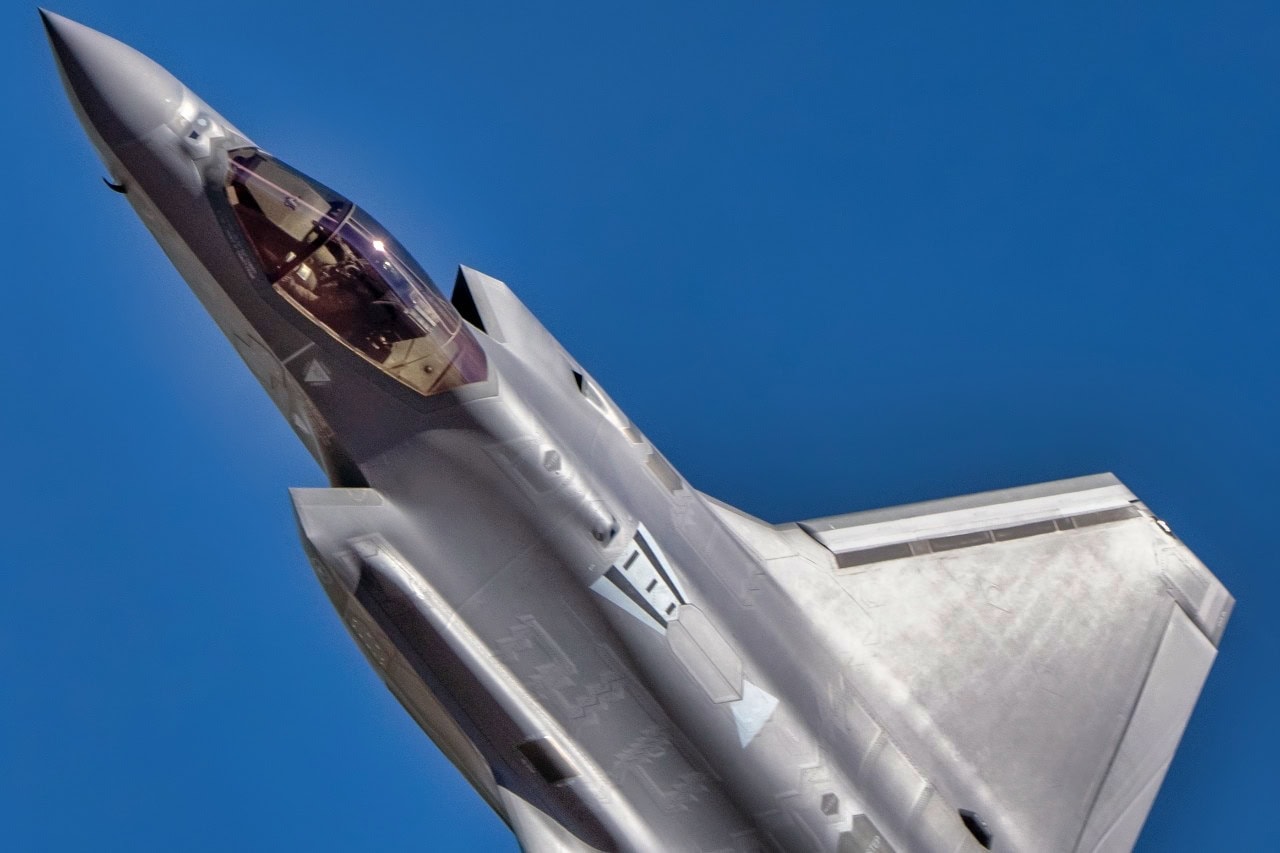
U.S. Air Force Maj. Kristin “BEO” Wolfe, F-35A Lightning II Demonstration Team pilot and commander, flies during the 2021 Reno Air Races, Reno, Nev., Sept. 18, 2021. The 2021 Reno Air Races featured performances from the U.S. Air Force F-35A Demo Team and the U.S. Air Force Thunderbirds. (U.S. Air Force photo by Capt. Kip Sumner)

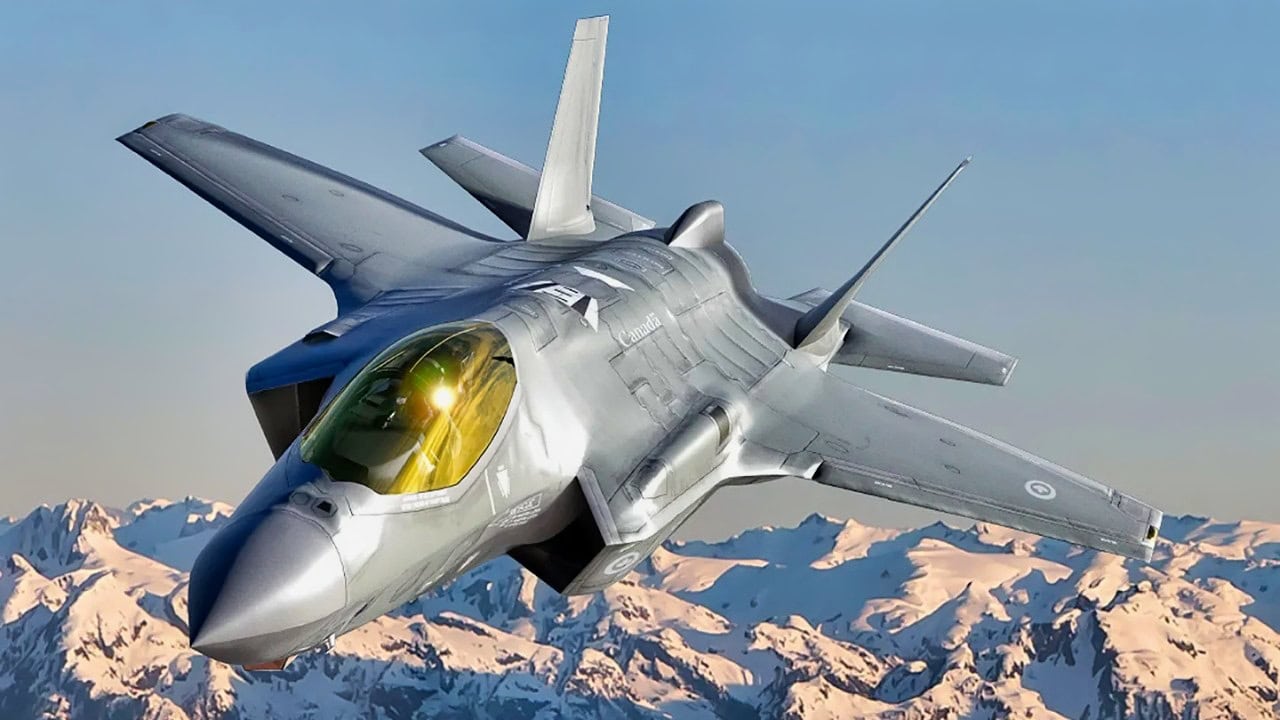
Canada F-35. Image Credit: Creative Commons.
About the Author: Reuben F. Johnson
Reuben F. Johnson is a survivor of the February 2022 Russian invasion of Ukraine and is an Expert on Foreign Military Affairs with the Fundacja im. Kazimierza Pułaskiego in Warsaw. He has been a consultant to the Pentagon, several NATO governments and the Australian government in the fields of defense technology and weapon systems design. Over the past 30 years he has resided in and reported from Russia, Ukraine, Poland, Brazil, the People’s Republic of China and Australia.

